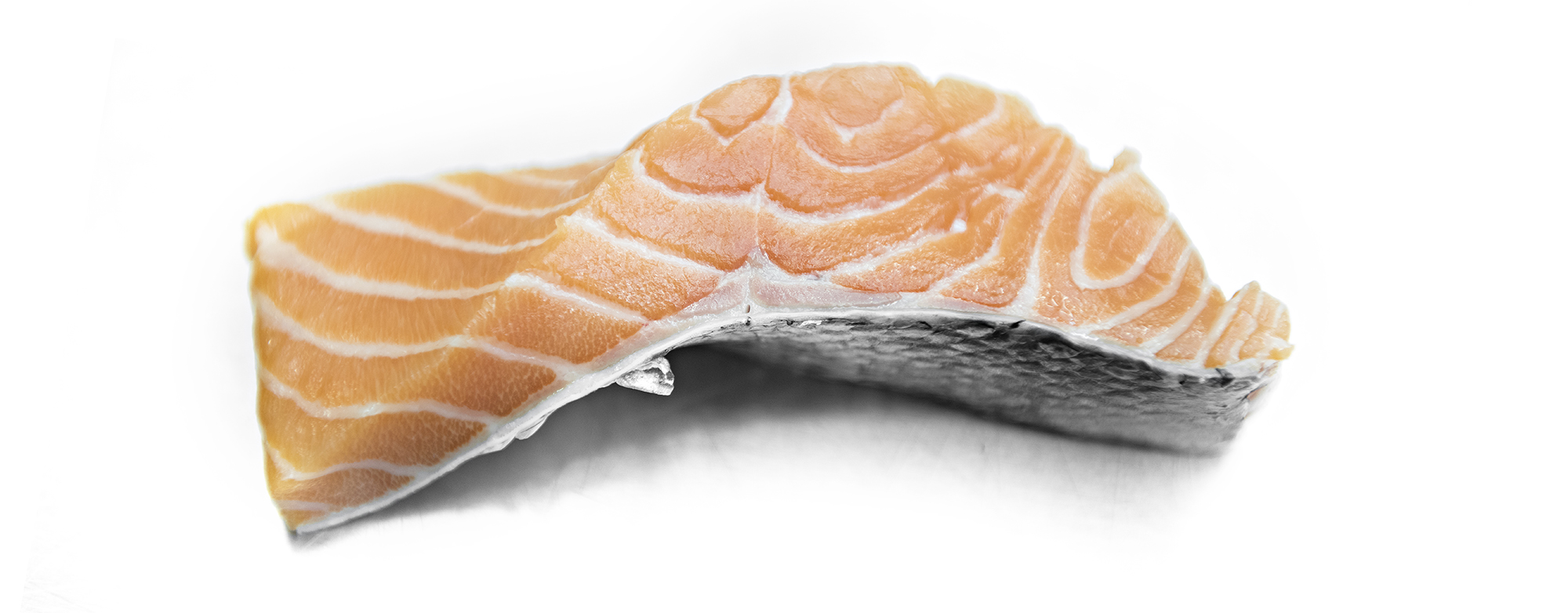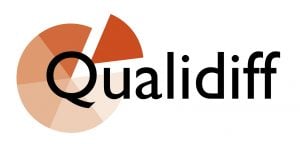Quality as a strategy for salmon

Can the value of salmon be increased in ways other than producing more or cutting costs? That is certainly the belief of the researchers who are currently examining how different types of quality can increase the value of salmon products.
“Quality isn’t just about how salmon tastes. It can be about how much and what type of fat it contains, or about the colour, cut and packaging. But quality can also be linked to ecolabels, origin or brands,” says senior researcher Geir Sogn-Grundvåg.
He is heading up ‘Qualidiff’, the research project that was recently launched in which researchers are examining both how very different customer groups demand different quality attributes and how the emphasis on these can enhance value creation and profitability. The project is funded by the Research Council of Norway and will run for four years.
Strategies to stand out from the crowd
Differentiation, i.e. highlighting certain features or trying to stand out, is a key part of all marketing. One way of doing this is to highlight attributes that are about quality. Geir Sogn-Grundvåg, project manager at Nofima explains that examples of this include a particular salmon being reared organically, or produced in a special geographical area that gives it a unique history and perhaps even special physical quality characteristics, such as those found in products made from spawning cod or wine.
There are many ways to differentiate products and it is these varied opportunities available to producers to utilise such quality characteristics in their marketing strategies that are being identified, examined and evaluated in this new project.
Competitive advantage
The viability of any strategy will change with market dynamics. Thus one which is currently ‘good’ will cease to be so if it costs more than the benefits it generates, or is overtaken by competitors’ actions. Consequently, the researchers will also be looking at the requirements and costs associated with the various differentiation strategies.
“We will examine the opportunities for this throughout the entire salmon value chain, from pen to plate. We have a reference group of industry partners on board to give us advice on how to make the research as relevant as possible, and we will also benefit from Nofima’s research environment within feed, filleting, quality, shelf-life and packaging,” adds the project manager.
The project should result in both new academic insights and practical recommendations on differentiation strategies for salmon.
Qualidiff is being led by Nofima and carried out in close cooperation with researchers from NORCE/University of Stavanger, the University of Stirling and the University of Florida. The reference group consists of representatives from the feed producer Skretting, the salmon exporter Villa Seafood, the salmon producer Nordlaks and the Norwegian Seafood Council.


